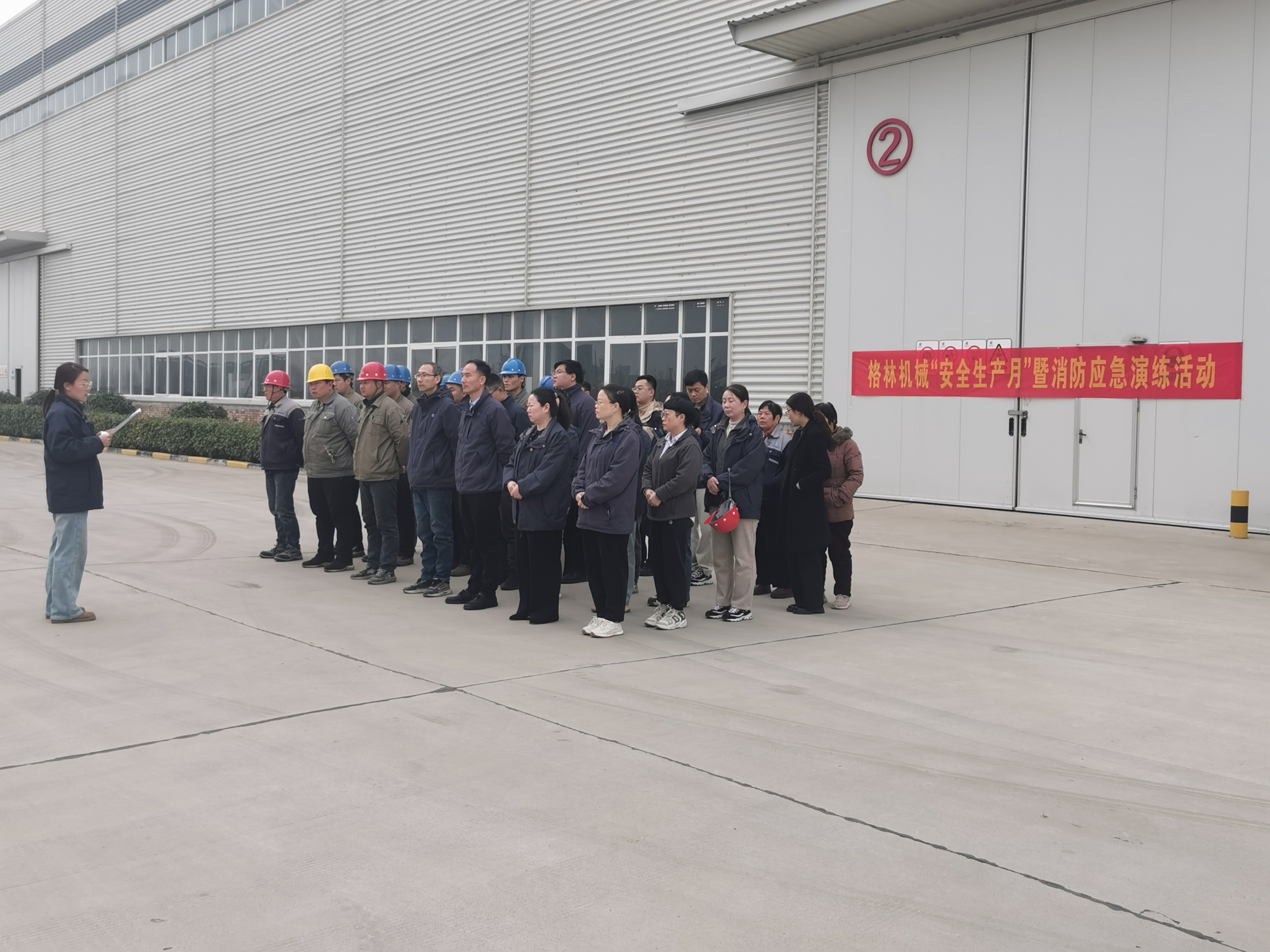The Essential Role of Vibrating Screens in Aggregate Production Lines
Release Date:
2025-04-17
Vibrating screens for aggregate production lines serve as crucial components that facilitate the classification and sorting of various materials, including sand, gravel, and crushed stone. These machines operate on the principle of vibration to induce movement of materials across the screening surface, which is typically composed of woven wire mesh or perforated plates. The vibration causes partic
Vibrating screens for aggregate production lines serve as crucial components that facilitate the classification and sorting of various materials, including sand, gravel, and crushed stone. These machines operate on the principle of vibration to induce movement of materials across the screening surface, which is typically composed of woven wire mesh or perforated plates. The vibration causes particles to stratify based on size, allowing finer materials to pass through the screen while larger particles are retained for further processing.
One of the key advantages of using vibrating screens in aggregate production lines is their ability to efficiently handle a wide range of materials. The versatility of these screens allows operators to adjust the amplitude and frequency of vibrations, optimizing the screening process for different types of aggregates. This flexibility not only improves separation efficiency but also enhances overall production rates.
In addition to their operational efficiency, vibrating screens contribute significantly to the quality of the final product. By effectively removing impurities and separating materials into defined sizes, these screens help ensure that the aggregates meet the required specifications for construction projects. This quality control is essential for maintaining the integrity and durability of structures, making vibrating screens an indispensable part of the production line.
Moreover, the design and construction of vibrating screens are engineered to withstand the harsh conditions often found in aggregate processing environments. High-quality materials and robust construction techniques ensure longevity and reduce the need for maintenance, leading to lower operational costs over time. This durability is particularly important in high-volume production settings, where downtime can lead to substantial losses.
Furthermore, advancements in technology have led to the development of more efficient vibrating screen designs, including variations such as inclined, horizontal, and multi-deck screens. These innovations allow for improved material handling capabilities and increased throughput, thereby enhancing the overall effectiveness of the aggregate production line.
In conclusion, vibrating screens play an integral role in the optimization of aggregate production lines. Their ability to provide efficient material separation, enhance product quality, and withstand demanding conditions makes them essential machinery in the manufacturing and construction sectors. As industries continue to evolve, the importance of effective screening processes will only grow, solidifying the position of vibrating screens as a key asset in aggregate production.
One of the key advantages of using vibrating screens in aggregate production lines is their ability to efficiently handle a wide range of materials. The versatility of these screens allows operators to adjust the amplitude and frequency of vibrations, optimizing the screening process for different types of aggregates. This flexibility not only improves separation efficiency but also enhances overall production rates.
In addition to their operational efficiency, vibrating screens contribute significantly to the quality of the final product. By effectively removing impurities and separating materials into defined sizes, these screens help ensure that the aggregates meet the required specifications for construction projects. This quality control is essential for maintaining the integrity and durability of structures, making vibrating screens an indispensable part of the production line.
Moreover, the design and construction of vibrating screens are engineered to withstand the harsh conditions often found in aggregate processing environments. High-quality materials and robust construction techniques ensure longevity and reduce the need for maintenance, leading to lower operational costs over time. This durability is particularly important in high-volume production settings, where downtime can lead to substantial losses.
Furthermore, advancements in technology have led to the development of more efficient vibrating screen designs, including variations such as inclined, horizontal, and multi-deck screens. These innovations allow for improved material handling capabilities and increased throughput, thereby enhancing the overall effectiveness of the aggregate production line.
In conclusion, vibrating screens play an integral role in the optimization of aggregate production lines. Their ability to provide efficient material separation, enhance product quality, and withstand demanding conditions makes them essential machinery in the manufacturing and construction sectors. As industries continue to evolve, the importance of effective screening processes will only grow, solidifying the position of vibrating screens as a key asset in aggregate production.





